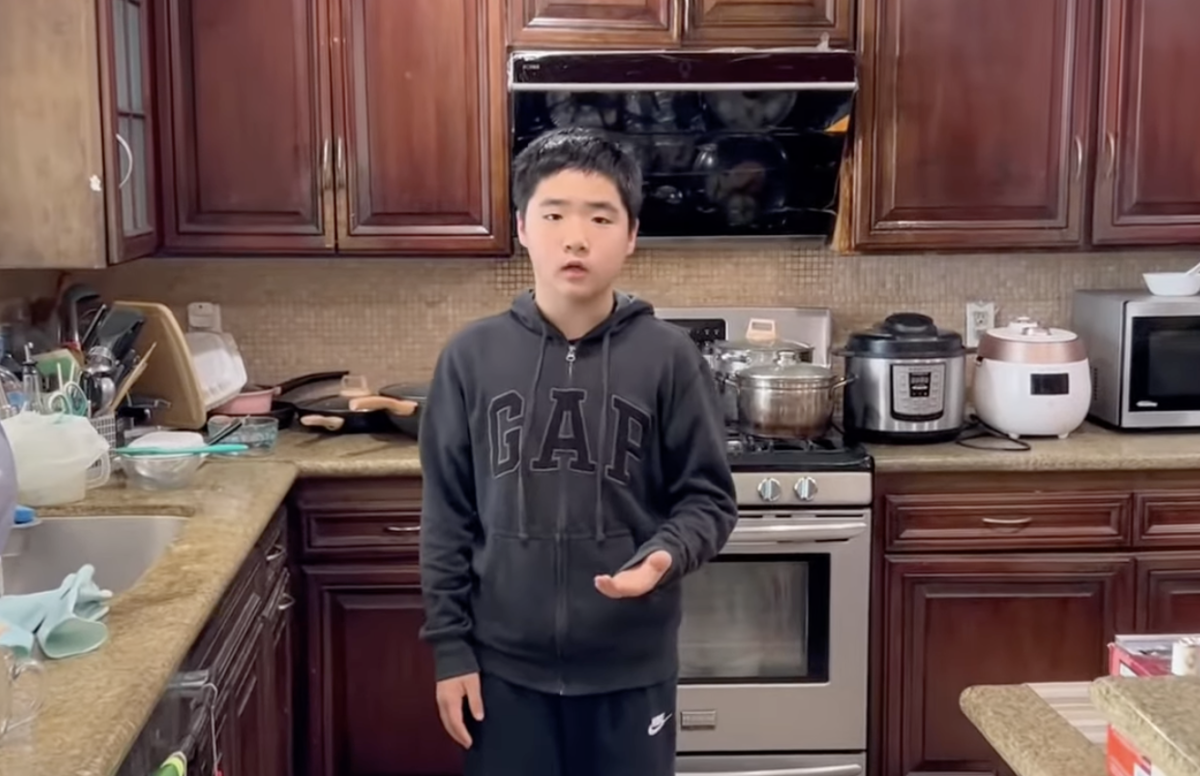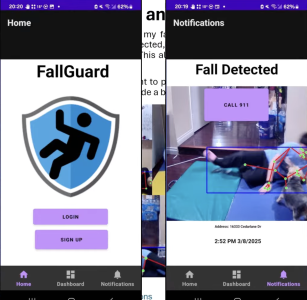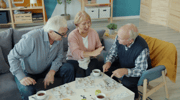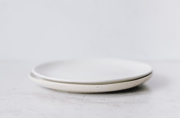
It’s not every day you hear about a 13-year-old making waves in science and senior care—but that’s exactly what Kevin Tang from Southern California has done. His invention, inspired by a personal family tragedy, could offer peace of mind to millions of families worried about aging loved ones.
Kevin recently won national recognition for creating a fall detection system that could change how we care for older adults at home.
His design is already being used in real households, and it may soon become a key tool in senior safety.
And the best part? It doesn’t require anything to wear or charge.
A family crisis sparks a brilliant idea
The inspiration behind Kevin’s invention, called FallGuard, came from a deeply personal place.
Several years ago, his grandmother—who lives with his family—suffered a fall at home. No one realized what had happened until it was too late, and the incident left her with permanent brain damage.
That moment stuck with Kevin, even as a young child. He quickly learned that falls are not only common among older adults—they can also be devastating.
When a friend’s grandfather experienced a similar fall, Kevin began noticing a pattern. Falls are the leading cause of injury for people over 65.
In the US, over 14 million older adults report a fall every year, and about 1 million require hospitalization.
For families with aging parents or grandparents, the fear of a fall happening when no one is around is very real.
Also read: Common medications may be fueling a rise in deadly senior falls
How FallGuard works—and why it’s different
Unlike traditional fall detectors, which are usually worn around the wrist or neck—or stashed in a pocket—FallGuard is a camera-based system.
The cameras are installed throughout the home and connect to a small computer.
Using artificial intelligence (AI), the system analyzes body movements, like shoulder and elbow positions, to determine if someone has fallen.
If it detects a fall, it sends an alert to the caregiver right away. This means help can arrive quickly—even if no one is nearby.
One of FallGuard’s biggest advantages is its simplicity. There’s nothing to wear, nothing to charge, and nothing to forget.
Kevin points out that many seniors simply forget to put on or charge their wearable devices.
In fact, his friend’s grandfather fell while his fall-detection watch was out of battery—and no one found him until the next day.
FallGuard avoids this issue by working automatically in the background, 24/7.
Also read: 10 smart home gadgets that truly make a difference for seniors
Affordable and accessible—a mission to help others
Kevin is determined to keep his invention affordable and widely accessible.
The original prototype cost about $90 in parts, but he’s already working on lowering that price to around $30 by switching to a different computer component.
He also wants to avoid subscription fees, which are common with commercial fall-detection systems and can quickly become too expensive for many families.
His focus is on keeping it simple, effective, and available to those who need it most.
Since winning the 3M Young Scientist Challenge, Kevin’s invention has caught the attention of tech companies and families alike.
Some security camera companies have reached out, and a growing list of families is eager to try FallGuard.
Kevin’s family uses the system themselves, and at least one other family has already installed it. More than 10 additional families are currently on the waiting list.

Also read: Staying active with limited mobility: Safe and effective exercises for seniors
Why falls are such a big issue for seniors
Falls are one of the most serious health risks for older adults. As we age, our balance, vision, and muscle strength can decline, increasing the risk of losing footing.
Medications, long-term health conditions, and everyday hazards like loose rugs or dim lighting can make the problem worse. And when falls do happen, the results can be life-changing—broken bones, head injuries, long hospital stays, and in many cases, a loss of independence.
That’s why fast detection and prevention are key.
Devices like FallGuard offer reassurance for both seniors and their families.
Knowing that someone will be notified if a fall happens can make a world of difference in how confidently an older adult lives alone.
It can also provide families with more peace of mind—especially when they can’t be there in person every day.
Also read: Smart support for safer steps: How new tech is helping older adults stay on their feet
The future of senior safety—and how to get involved
Kevin’s invention is more than just a school science project—it’s a reminder that powerful ideas can come from anywhere.
His drive to help his grandmother has led to a practical solution that could help thousands, if not millions, of families stay safer. And as technology continues to evolve, more innovations like this may be just around the corner.
From wearable trackers to AI-powered cameras and voice-activated assistants, the tools available to support aging in place are growing.
For older adults who want to maintain independence without sacrificing safety, that’s a hopeful sign of what’s to come.
Source: YouTube / Kevin Tang.
FallGuard is proof that big solutions can start with small acts of love and creativity—and that age is no limit when it comes to solving real-world problems.
Read next:
- Don’t let winter slow you down—simple habits to keep your bones and joints happy
- Is aging in place always the right choice? Here's what to consider before deciding
- The ancient art meeting modern medicine: What new research reveals about acupuncture and senior back pain
Have you or someone you love experienced a fall at home? What safety steps have you taken? Let us know in the comments—your stories might help other readers protect their loved ones too.






